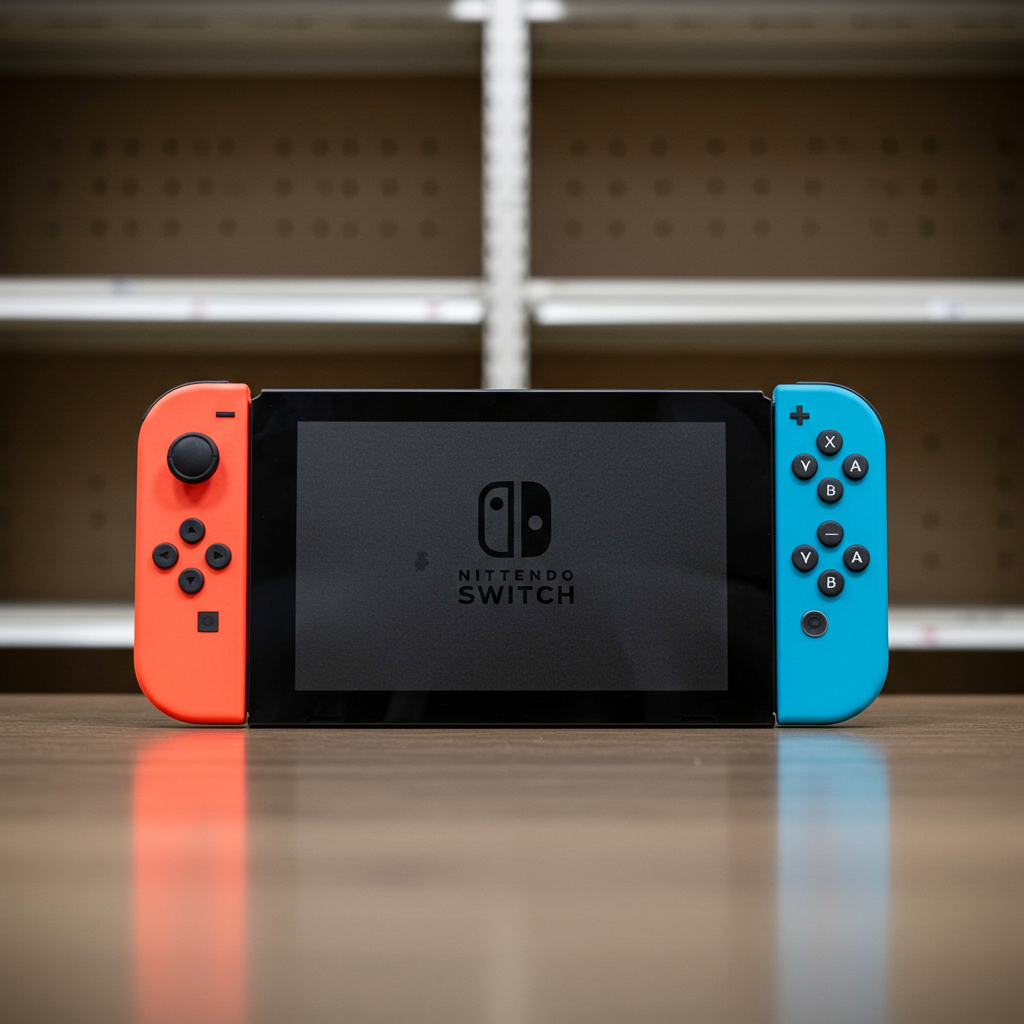A surprising discovery unearthed from backend code suggests apple may be charting a bold new course for its portable Mac lineup. While the tech giant has largely standardized around its powerful m-series silicon for modern MacBooks, evidence hints at a potential new model powered by an A-series chip. This potential shift could lead to a significantly more affordable macbook option, opening the door for a wider range of customers to enter the macOS ecosystem. The machine appears in the code under the unique identifier ‘Mac17,1’, offering the first concrete technical detail about this rumored budget-friendly device.
Code Uncovers Apple’s New MacBook Direction
The era of Apple Silicon has seen the M-series chips become the standard across MacBooks and even iPads. However, recent findings within Apple’s backend code point towards a different strategy for at least one upcoming notebook. This isn’t just an M-series variant; the code explicitly references an A18 Pro chip powering a device identified as ‘Mac17,1’. This technical detail is crucial as it suggests a fundamental departure from the current M-series dominance in MacBooks. It marks the potential return of an A-series chip to a Mac product, something not seen since Apple transitioned away from Intel processors entirely.
The A18 Pro: Performance Meets Affordability Goals
Integrating an A-series chip like the A18 Pro into a MacBook is a strategic move with clear implications for both performance and price. The A18 Pro chip, known for powering the latest iPhones, is designed with a focus on efficiency and robust capabilities suitable for mobile and now potentially, desktop environments. Reports indicate the A18 Pro found in the iPhone 16 Pro lineup features advancements like a faster Neural Engine for AI tasks and an improved GPU compared to its predecessors, along with a 6-core CPU architecture potentially configured with both performance and efficiency cores. While Apple claims significant performance and efficiency gains (up to 15% faster and 20% more power efficient than the A17 Pro for the iPhone variant), the specific A18 Pro variant for a MacBook might differ slightly in core configuration or clock speeds. Early indicators from the code suggest the potential MacBook version could feature a 6-core CPU and a 5-core GPU.
Naturally, a chip primarily designed for iPhones, even a ‘Pro’ variant, is expected to offer less raw power than the desktop-class M-series processors optimized for sustained workloads in laptops. Users accustomed to M1, M2, or M3 performance for demanding tasks like video editing or complex software development would likely notice a performance difference. However, for everyday tasks such as web browsing, email, document creation, media consumption, and light productivity, the A18 Pro is anticipated to handle macOS competently. Apple’s operating systems, including macOS and iPadOS (which shares architecture roots with iOS), are highly optimized for their silicon, suggesting seamless compatibility despite the chip family difference.
The attractive trade-off here lies in the cost. By leveraging a chip with potentially lower manufacturing costs and different performance characteristics, Apple gains significant flexibility in pricing. This would allow them to position this ‘Mac17,1’ model at a price point potentially below the current MacBook Air models, making it the most accessible new MacBook on the market.
Who Is This Cheaper MacBook For?
This strategic pricing positions the potential A18 Pro MacBook to target a distinct customer segment. It would be an ideal choice for students needing a reliable and durable machine for schoolwork, individuals seeking an affordable entry into the Apple ecosystem, or users who primarily need a laptop for general daily use without requiring high-end performance for demanding creative or professional applications. It provides the build quality, user experience, and security benefits of a MacBook at a price point previously unavailable for new models.
Evidence Aligning with Analyst Predictions
The discovery of the ‘Mac17,1’ identifier and its A18 Pro chip support aligns strongly with earlier predictions from reputable Apple analyst Ming-Chi Kuo. Kuo had previously reported that Apple was developing a low-cost MacBook model. His reports suggested this device would feature a 13-inch display and might be available in multiple color options, potentially including silver, blue, pink, and yellow, similar to the original MacBook or the current iMac range. The technical evidence found in the code now provides concrete backing for Kuo’s forecasts, indicating that Apple is indeed working on such an affordable product line.
This potential A18 Pro MacBook would represent the first time in the Apple Silicon era that a new Mac model launches without an M-series SoC. It signifies a willingness by Apple to diversify its chip strategy within the Mac lineup to meet different market needs and price points. This contrasts slightly with the recent focus on updating the existing Air lineup with newer M4 chips, as hinted by Apple CEO Tim Cook’s “Something in the Air” teaser, which points to updates for the established MacBook Air product family rather than an entirely new, lower-tier category.
Production Timeline and Expected Launch
Based on Ming-Chi Kuo’s previous supply chain insights, mass production for the A18 Pro-powered MacBook is not anticipated to begin anytime soon. Kuo projected that manufacturing for this rumored affordable notebook would commence in either the fourth quarter of 2025 or the first quarter of 2026. This production schedule suggests a likely launch window occurring in the second half of 2026. This later timeline further differentiates it from expected updates to the existing MacBook Air models, which could arrive much sooner.
This timeline allows Apple ample time to optimize macOS for the A18 Pro chip in a laptop form factor and potentially refine the design and features of this new budget-focused machine. It also indicates that the product is still some time away, giving potential buyers plenty of notice to consider whether this lower-cost, A-series option fits their future computing needs compared to current or upcoming M-series models.
Frequently Asked Questions
What evidence suggests Apple is developing a cheaper MacBook?
Backend code discovered by MacRumors shows a new device identifier, ‘Mac17,1’, powered by an A18 Pro chip. This is significant because A-series chips are typically less powerful (and potentially less expensive to integrate) than M-series chips currently found in MacBooks. This technical finding corroborates earlier predictions from analyst Ming-Chi Kuo about Apple working on a low-cost MacBook.
How might the performance of an A18 Pro MacBook compare to M-series models?
An A18 Pro MacBook is expected to be less powerful than models using M-series chips. The A18 Pro found in the code suggests a 6-core CPU and 5-core GPU configuration, which is less robust than most M-series variants. While it should run macOS smoothly for daily tasks like browsing and productivity, users performing demanding creative work or complex computations may notice a significant performance difference compared to M-series MacBooks. The trade-off is anticipated to be a lower price point.
When is this potential A18 Pro MacBook expected to be released?
According to analyst projections, mass production for this rumored A18 Pro MacBook is forecast to begin in either the fourth quarter of 2025 or the first quarter of 2026. This production timeline suggests that the earliest likely launch window for the device would be in the second half of 2026.
Conclusion
The appearance of an A18 Pro chip within Apple’s backend code, linked to a new ‘Mac17,1’ identifier, provides compelling evidence for a potential new direction in Apple’s portable Mac strategy. This rumored model, likely positioned as a more affordable alternative to the current MacBook Air lineup, could make the MacBook experience accessible to a broader audience. While performance may not rival the M-series powerhouses, the strategic integration of an A-series chip points to a calculated move to capture the budget-conscious market segment. Backed by earlier analyst reports and eyeing a potential late 2026 launch, this ‘non-M-series’ MacBook could represent a significant expansion and segmentation within the ever-evolving Apple Silicon family.




